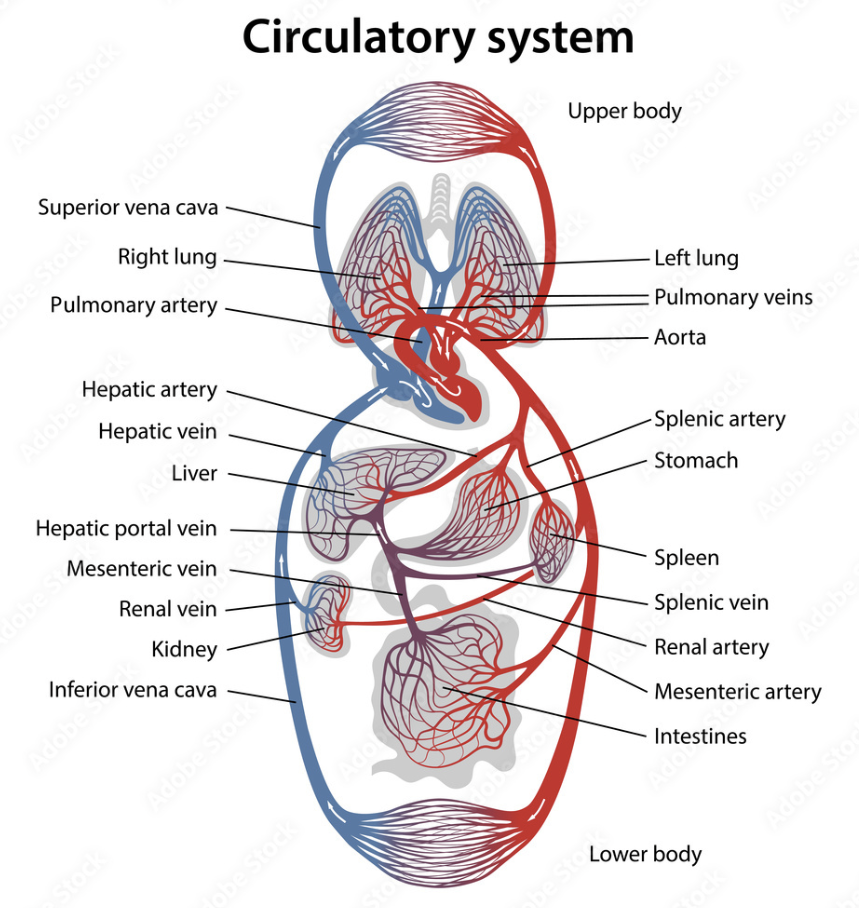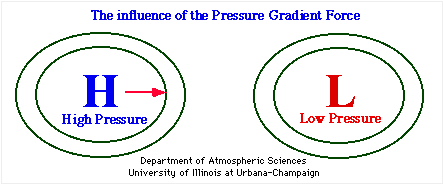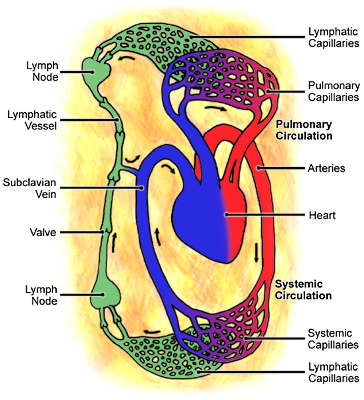A prediction…Tuesday, May 17, 2022
I predict that eventually, our understanding of our cardiovascular and pulmonary functions will reveal that the heart is not a pump and that we do not necessarily get our oxygen at the cellular level from our lungs through the act of breathing.
That the O2 found in our blood is a result of cellular respiration and metabolism, that the role of the heart is a flow restrictor and momentum orchestrator that acts as a blood pressure regulator to protect the filter organs from excess pressures that could possibly result in damage.
That the purpose of our lungs is to bring oxygen into our bloodstream but to scrub the carbon from our blood which is a byproduct of cellular metabolism. During the process of cellular respiration, carbon dioxide is given off as a waste product that then enters back into the vein side of the capillary beds, which causes the pressure, propelling the blood forward towards the filtering organs that service our vascular system, leaving behind the O2 from the carbon scrubbing process of the lungs, enriching our blood with the O2 we need.
And that the atmosphere that we breathe into our lungs serves the purpose of removing the carbon from the blood via a pressure gradient by combining it with the O2 we inhale only to find itself back out into the atmosphere to complete its job in feeding mother nature’s plants its needed C02.
I acknowledge that I am not the first to suggest that the heart is not a pump. That is nothing new. However, I may be the first to suggest the role of CO2 re-entering the vein side of the capillary beds as the mechanism that begins the forward momentum of the carbon-rich veinous blood and the scrubbing action of the lungs.
It is common knowledge that there is an exchange in the lungs in which carbon is removed from the body into the atmosphere; what I am adding for clarification is that there is no need to suggest that O2 is also being brought back into general circulation in the alveoli.
This would be a really good reason to keep your B.M.I. at 18.5 and never above 24.9. The greater the body mass index, the greater level of resources the body will have to spend to ultimately clear the additional CO2 levels that result from the additional cellular mass. Increased CO2 levels result in a lower pH requiring the body to spend resources to remedy the pH imbalance.
The stuff I think of while hauling asses…😎
MORE READING
Branko Furst’s Radical Alternative – Is the Heart Moved by the Blood, Rather Than Vice Versa?

